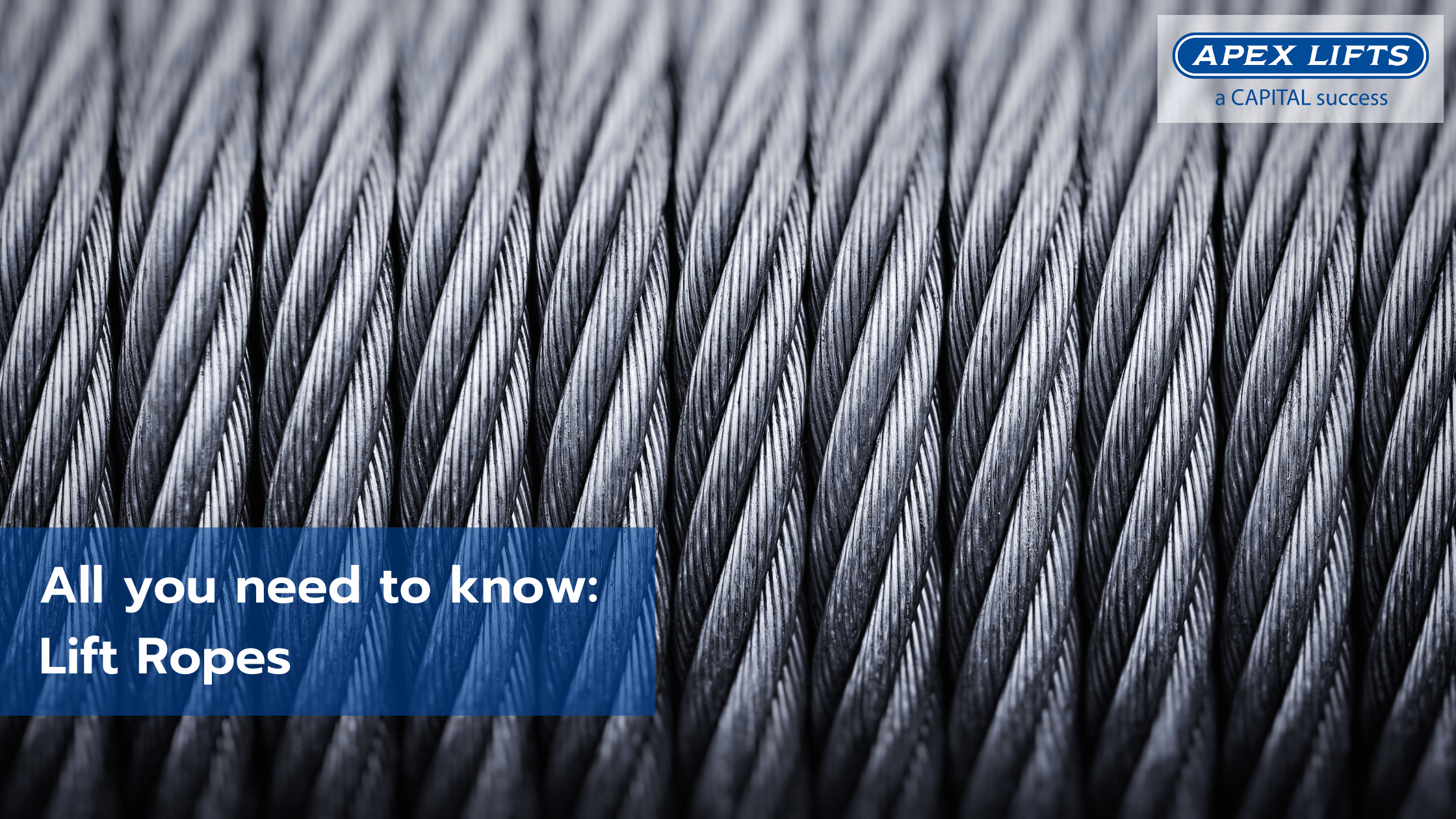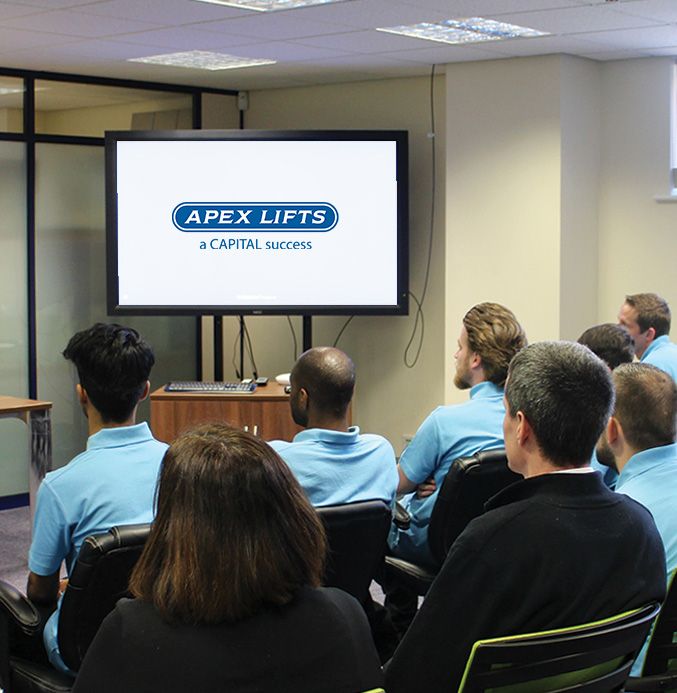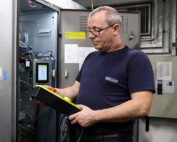
Indirect hydraulic and traction lifts rely on hoist ropes to ascend and descend. The term ‘Rope Ratio’ refers to the amount of rope a lift motor has to move in order to raise a lift car by the distance specified when the lift is called. Rope ratio varies depending on the type and size of lift a building has installed.
Originally, lifts possessed geared motors that provided a rope ratio of 1:1. This meant the motor had to move 10 metres of rope in order for the lift car to raise 10 metres. This rope ratio enables lift cars to travel at a faster speed, equal to the speed at which the rope is being provided.
Traction motors have progressed throughout the years and now feature gearless motors. Consequently, lifts now have to provide 20 metres of cable for the lift car to raise 10 metres; hence, the rope ratio alters from 1:1 to 2:1. A rope ratio of 2:1 leads to the lift car travelling at a speed one half the speed of the rope.
Although it isn’t very common, rope ratios greater than 2:1 do exist. However, these are prevalent in much larger lifts such as those able to lift larger than 5000KG. Examples of these lifts are the Greenwich and Woolwich (4:1) foot tunnel lifts. Because these lifts carry a larger weight load, they require a larger rope ratio; therefore, the lift travels at a much slower speed in comparison to the average 1000KG lift due to the amount of rope required to feed through.








